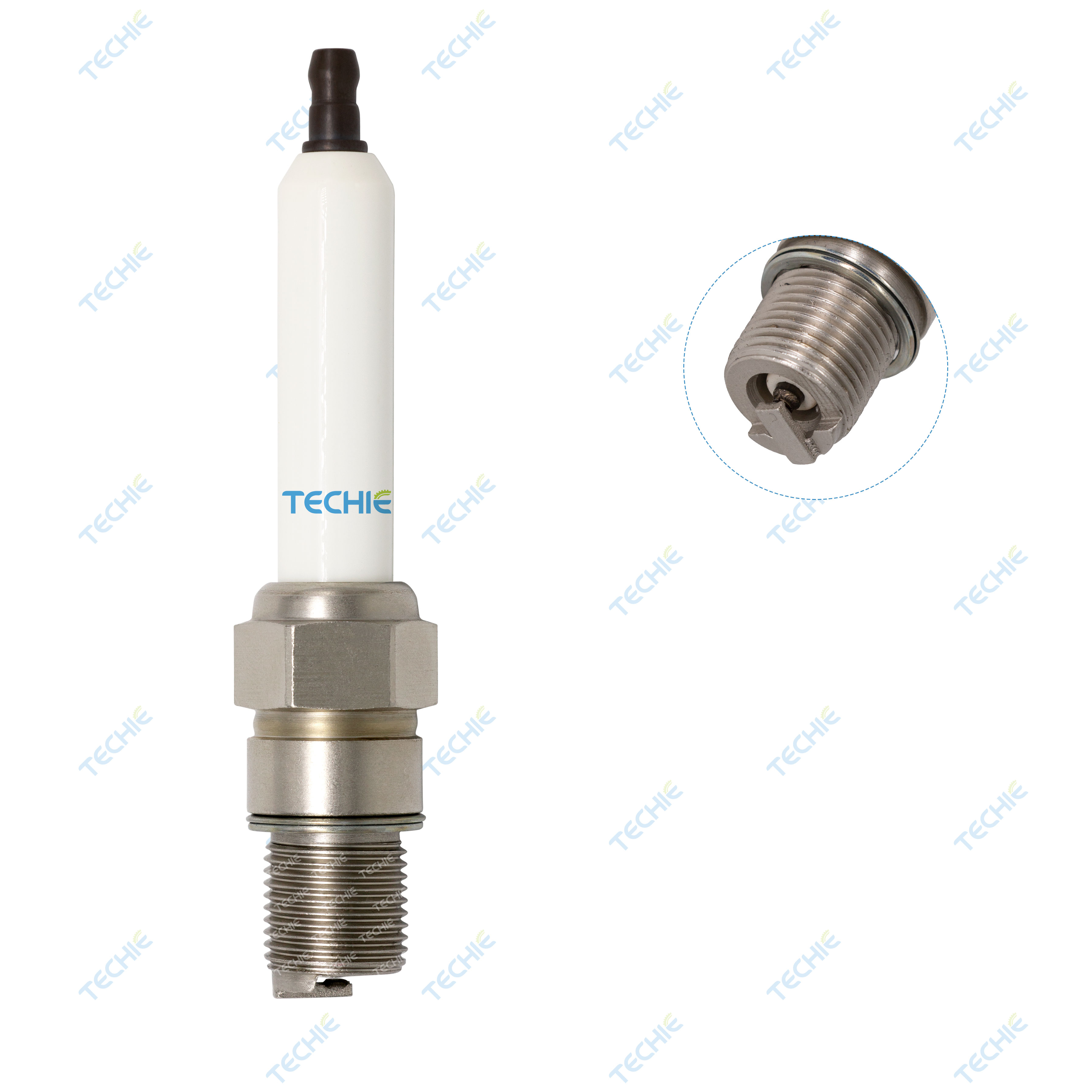Spark plugs play a critical role in the performance of internal combustion engines. They ignite the air-fuel mixture in the engine’s cylinders, enabling the engine to produce power. However, over time, spark plugs can wear out, leading to reduced engine efficiency, misfires, and even engine damage. Understanding the causes of spark plug wear and how to prevent it is essential for maintaining engine health and performance.
Spark plugs play a critical role in the ignition system of an internal combustion engine. They ignite the air-fuel mixture within the engine's cylinders, driving the pistons and creating the power needed for the vehicle to operate. However, to function efficiently and last longer, spark plugs must operate within an optimal temperature range. Maintaining this range is crucial for engine performance, fuel efficiency, and overall vehicle reliability. This article will explore the optimal temperature window for spark plugs and provide practical tips on how to maintain it.
Gas generators (gensets) are essential for ensuring a reliable power supply across various sectors. While the engine's overall design and fuel quality are often emphasized, the role of spark plugs is equally crucial. Spark plugs do more than ignite the fuel-air mixture; they are key to achieving clean combustion, maximizing efficiency, and minimizing harmful emissions.
In the field of gas distribution, gas internal combustion engines mainly include Caterpillar, Jenbacher, Mannheim, Cummins, MTU, Siemens, Wärtsilä, MAN, MAK, Perkins, Mitsubishi, Hyundai, Waukesha, etc












































